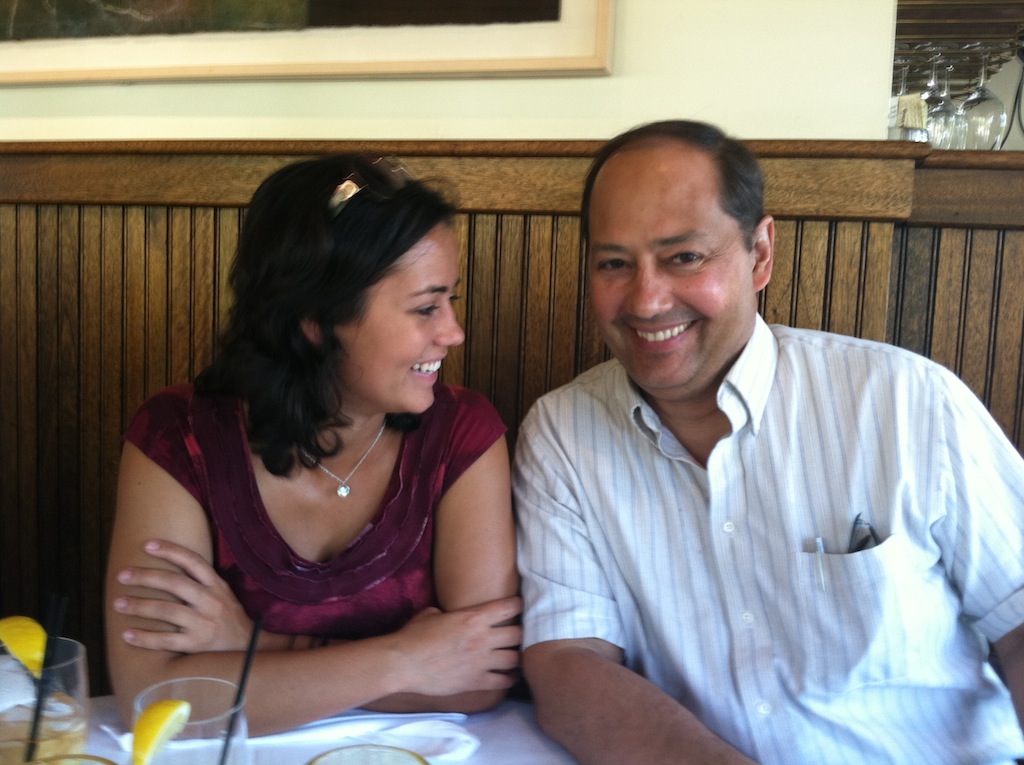
©Dmitry Sunagatov DNA Spiral
“We thought that we had the answers, it was the questions we had wrong.” – Bono
So to bring you up to speed a little more, we are on Daratumumab (Darzalex). The seemingly more popular of the new immunotherapies that came out November 2015. When we were told we would be moving to that, I was scrambling to find some data. Dave always understandably gets worried about what this new drug will be doing to him NOW! Anyway, as luck would have it, another caregiver, Bonnie, whose BF, Bob, was already on it, steered me to a podcast with the researcher who developed it. So as I was listening, it was so helpful and concise that I stopped and made Dave sit down with me and listen to it. We had his first infusion the following morning. Anway, everything went well, and I continued to go with him for some time until we had all the kinks sorted out. It was so new that I just couldn’t leave it to our local infusion nurses. They aren’t specialists in Myeloma. They simply administer chemos and treatments to all the various patients that come in. So while they are knowledgeable, there is also a rote-ness about what they do. It’s not knowledgeable about Myeloma by any stretch. So it’s up to me to help fill in the gaps to make sure Dave is as comfortable as possible.
So some of you may or may not know Dara (nickname) is done once a week for eight weeks. Eight treatments is a cycle. Then EOW (every other week) for 16 weeks (another eight treatments), then it’s once a month until disease progression.
The side effects are minimal and are mostly infusion related. That’s not to say you won’t have issues if you are on a cocktail of drugs as most are and should be. Dara, like a lot of other Myeloma drugs, is substantially more effective if not used as a single agent. If I remember correctly, it goes from around 30% to 70% if you add Revlimid, Velcade, Kyprolis, Pomalyst, etc. Then, of course, most have Dex in the mix, which also increases the effectiveness of all the drugs involved.
One of the observations that Little Rock shared with us when we happily went to once a month was that they had noticed about 50% of patients go out of remission when they move from EOW to monthly infusions of Dara. Well, DARN IT! At that conversation, going back to EOW was problematic because it wasn’t how it is prescribed and approved by FDA. Some peeps having been getting back successfully onto the EOW if needed. It’s usually at the research facilities where they have been able to get patients back to EOW but may have moved into a clinical setting if the doctor does some paperwork and phone calling. It’s expensive, like all our drugs, so insurance will look for any opportunity to minimize their outlay.
Lucky for us, Dave has had no problems and is firmly staying in remission. So we are fervently hoping this is our “maintenance therapy” when we get done. It’s such an easy treatment with just a monthly visit. But that’s getting ahead of ourselves a bit. 
They are also finding that the immunotherapies coupled with older drugs you may have stopped responding to seem to bring them alive again and they begin to have an impact on the Myeloma. That’s cool. But then, you are constantly struggling and throwing things at it trying to find what works. This for those who are not getting great responses from much of anything. It’s a double-edged sword for sure. Happy we have choices, but which one will do the trick? Which combo? What dose? For so many, it is simply not an easy road. Add to that, local clinicians are often way too conservative and lack the intuitive knowledge a myeloma researcher has. (Yes, I continue to harp on that. Not much has changed there.) How long to you give a new combo? How much time do you have to figure it out? It’s rather daunting.
So a great gal (Smolderer), Dana Holmes has created two FB pages, one for Darzalex and one for Empliciti. She asks questions and puts up papers and documents to help direct everyone to good sources of information. Like other online groups, people share their success and failures with these treatments. What they are on, if it’s working, what their side effects are, etc. These are closed groups, so you have to ask to join. It will help you ask the right questions of your healthcare team if they or you are considering either of these new treatments. These have been “fast-tracked” because of our disease classification. So we are all part of the data still being collected. Not an official clinical trial, but not a tried and true drug regimen either.
“I went to the doctor and he said I had acute appendicitis, and I said compared to who?” – Jay London






















